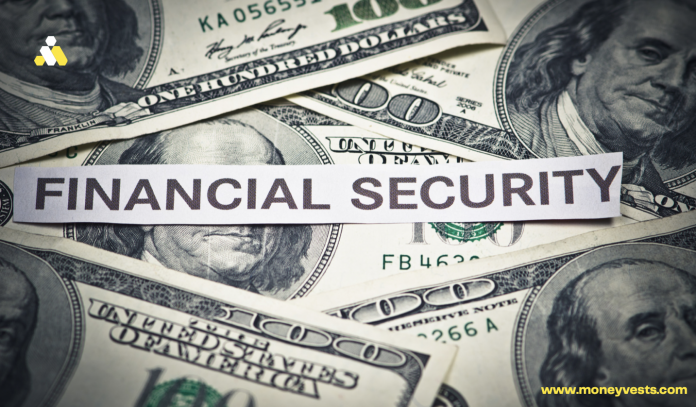Treasury Protected Inflation Securities
TIPS, or treasury protected inflation securities, are investment instruments issued by the U.S. government to protect investors from the negative impact of increasing prices.
TIPS have a real rate of return and are backed by the government. You can purchase them directly from the Treasury. Purchasing TIPS directly from the Treasury is much safer than buying them on the secondary market.
TIPS are designed to protect investors from the adverse effects of rising prices
TIPS are investments tied to the Consumer Price Index (CPI), which tracks changes in consumer prices. These securities offer a low minimum investment, safe and accessible investments.
During times of rising prices, the stock market may experience a certain degree of volatility. Although some stocks may decline as costs increase, other stocks will do quite well.
Companies that provide consumer staples may continue to thrive, even if the cost of these goods and services rises.
Although TIPS offer a low interest rate, they can be beneficial to portfolio diversification. TIPS pay lower interest rates than equivalent maturity Treasury securities.
Despite this potential downside, some investors use TIPS as a way to diversify their portfolios and avoid the high risks associated with nominal bonds. TIPS may have some advantages, but they aren’t for everyone.
TIPS are a type of bond issued by the U.S. government that is structured to protect investors from the adverse effects of rising prices.
Inflation-protected TIPS bonds can adjust their principal amount with the Consumer Price Index every six months. Since TIPS are backed by the full faith and credit of the U.S. government, they are a safe bet for investors who want to maintain purchasing power over the long-term. TIPS are not without their disadvantages, though.
They offer a real rate of return
Treasury inflation-protected securities are bonds issued by the U.S. Treasury with maturities of five, 10 and 30 years.
TIPS principal is adjusted semiannually for inflation based on the Consumer Price Index-Urban Consumers, a widely used inflation indicator. The adjusted principal is then used to calculate interest payments.
If inflation occurs over the entire duration of the bond, the adjusted principal will exceed its face value.
The low real rate of return is a result of the fact that inflation-protected securities have an extremely low supply compared to demand. This means that these bonds earn a significantly lower yield than regular securities.
Despite these disadvantages, investors continue to flock to TIPS despite the low real rate of return. Inflation-protected securities are a good option for some investors, but not for everyone.
TIPS are highly sensitive to interest rates and can result in a loss of principal if sold before maturity. Consequently, the benefit of inflation protection may be canceled out by the potential loss of principal. TIPS can be purchased through TreasuryDirect, part of the U.S.
Treasury, or through a bank or broker. TIPS are similar to traditional government bonds, but they are less volatile and can provide ballast to your portfolio.
They are issued by the U.S. government
TIPS are Treasury bonds with maturities of five, ten, or thirty years. TIPS have a fixed rate of interest that rises or falls with inflation, and investors receive an inflation-adjusted payout at maturity.
TIPS can be held until maturity or sold early if they lose value. There are many benefits to TIPS, including the fact that they are insured by Uncle Sam.
TIPS were first issued in 1997, and they quickly caught on due to strong demand for inflation-linked government securities.
However, their higher price has some economists wondering why the government continues to issue them, even after realizing that they are not as liquid as traditional Treasuries. Treasury inflation-protected securities are also less liquid than stocks, making them a good ballast for your portfolio.
TIPS bonds offer investors the best of both worlds: low real yields and the security’s inflation protection. However, there are many disadvantages
. TIPS bonds have a very low correlation with real yields on the market. As a result, investors are locked in to receiving real yields for a long period.
For example, if inflation happens at 10%, a $100 bond will automatically increase to $110, and six-month interest will adjust to $3.3.
Conclusion:
We hope you enjoyed this article… What are your thoughts on?
Please feel free to share with us in the comments section below.
Fact Check
We strive to provide the latest valuable information for our readers with accuracy and fairness. If you would like to add to this post or advertise with us, don’t hesitate to contact us. If you see something that doesn’t look right, contact us!





